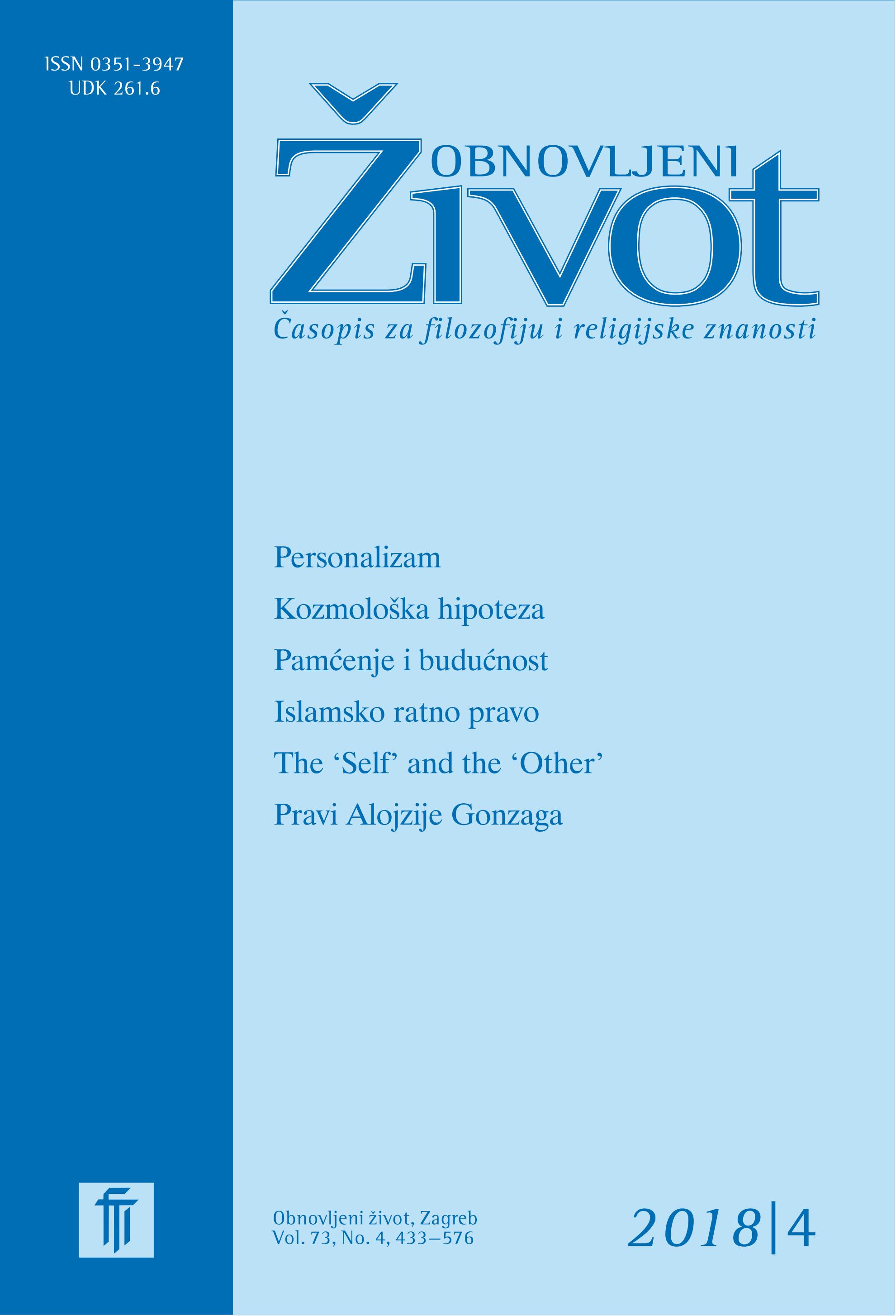The primeval atom of Georges Lemaître
Keywords:
primeval atom, radioactive decay, Big Bang theory, cosmological model, George Lemaître, expanding universeAbstract
The paper presents a cosmological hypothesis, the so–called primeval atom hypothesis about the beginning of the universe — the antecedent of the Big Bang theory — of the Belgian priest and professor of physics, Georges Lemaître, who was in fact Einstein’s contemporary, also referred to as the “Father of the Big Bang theory.” The significance of this hypothesis is that it is, derived from the partially corrected Einstein equations of the universe, the first scientifically and mathematically developed cosmological model of the origin of space–time continuum and development of the expanding universe which was observationally confirmed soon afterwards by Edwin Hubble and much later by Pensias and Wilson with the discovery of cosmic background microwave radiation. So, until then the commonly accepted static model of the universe became unsustainable, and a new cosmological paradigm was established.
The article briefly describes Lemaître’s main idea based on the concept of the space of variable radius and the assumption of the radioactive origin of some cosmic rays as well as the law of energy degradation (the second law of thermodynamics). The
role of Einstein’s cosmological constant, the interaction of gravitational force and cosmic repulsion, as well as the later evolution of the universe, formation of clouds of gas, stars and galaxies are described. Finally, the philosophical and metaphysical implications of Lemaître’s hypothesis are mentioned.
The paper is based on the English translation of the original Lemaître text and is accompanied by notes and clarifications of expert terms. These have been added for the purpose of a more detailed explanation of some sections of the text and will be of interest primarily to cosmologists, physicists and other readers with an astronomy education.
Published
Issue
Section
License
Jednom prihvaćeni članak obvezuje autora da ga ne smije objaviti drugdje bez dozvole uredništva, a i tada samo uz bilješku da je objavljen prvi put u Obnovljenom životu. Uredništvo će obavijestiti autora o prihvaćanju ili neprihvaćanju članka za objavljivanje.
Članci objavljeni u časopisu se, uz prikladno navođenje izvora, smiju besplatno koristiti u obrazovne i druge nekomercijalne svrhe.


